Use percentages to calculate discounts with this maths worksheet designed for students in years 6 and 7.
Looking for Percentage Worksheets?
Finding real-world applications for our students is an important part of tying maths to things we do in our day-to-day lives. One of those applications is determining the cost of an item if it is on sale. Calculating discounts and determining the sale price is something that students will use their entire lives. Teach Starter has created a maths worksheet designed for students in years 6 and 7 to help them practise this maths skill.
This worksheet includes a grocery store advertisement that showcases different food items, their original price and the percentage off. Students will work to find the new price of each food item as well as answer a set of questions at the bottom of the worksheet. When making calculations, students will round to the nearest hundredths place, if necessary.
An answer key is included with your download to make grading fast and easy!
Tips for Differentiation + Scaffolding
In addition to independent student work time, use this worksheet as an activity for:
- Guided maths groups
- Lesson wrap-up
- Fast finishers
- Homework assignment
- Whole-class review (via smartboard)
Encourage students who need a bit of a challenge to compare the prices to a local grocery store advertisement. Ask students which store has the better bargain.
If there are students who need additional support, consider providing them with a multiplication chart to help with basic maths facts. This worksheet can also be completed with the help of a peer tutor or teacher.
Easily Download & Print
Use the dropdown icon on the Download button to choose between the PDF or editable Google Slides version of this resource.
Because this resource includes an answer sheet, we recommend you print one copy of the entire file. Then, make photocopies of the blank worksheet for students to complete.
To save paper, we suggest printing this 2-page worksheet double-sided.
Turn this teaching resource into a sustainable activity by printing on thick card and slipping it into a dry-erase sleeve. Students can record their answers with a whiteboard marker, then erase and reuse them.
Additionally, project the worksheet onto a screen and work through it as a class by having students record their answers in their notebooks.
This resource was created by Cassandra Friesen, a Teach Starter Collaborator.
Don’t stop there! We’ve got more activities to shorten your lesson planning time:
[resource:54318] [resource:4938993] [resource:4937368]



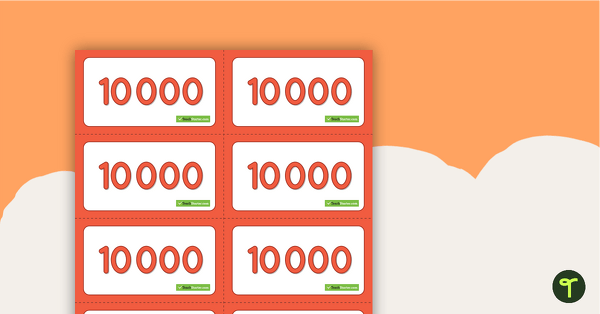

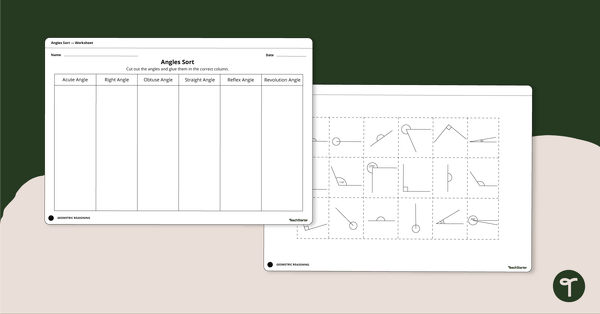
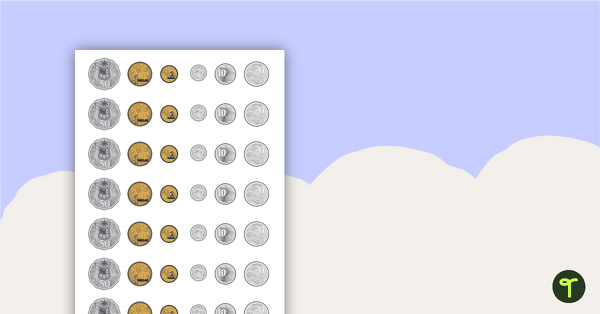

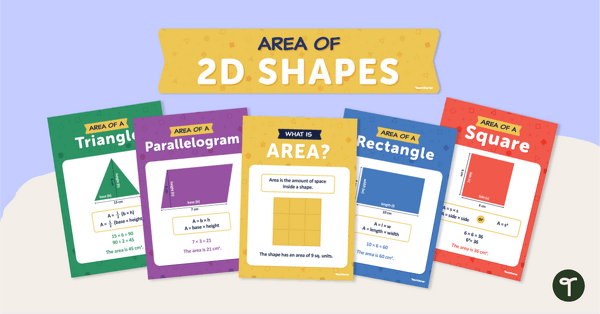

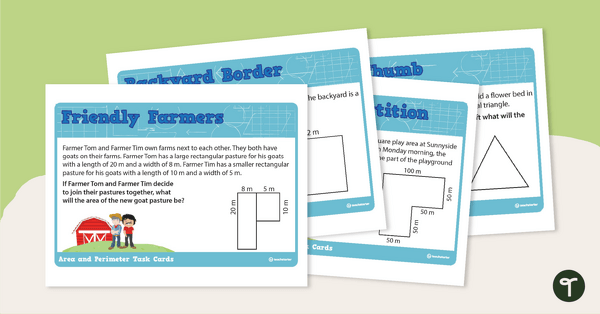

0 Comments
Write a review to help other teachers and parents like yourself. If you'd like to request a change to this resource, or report an error, select the corresponding tab above.